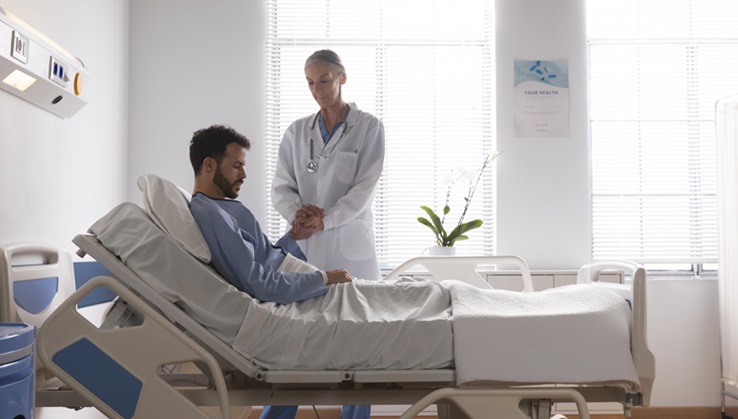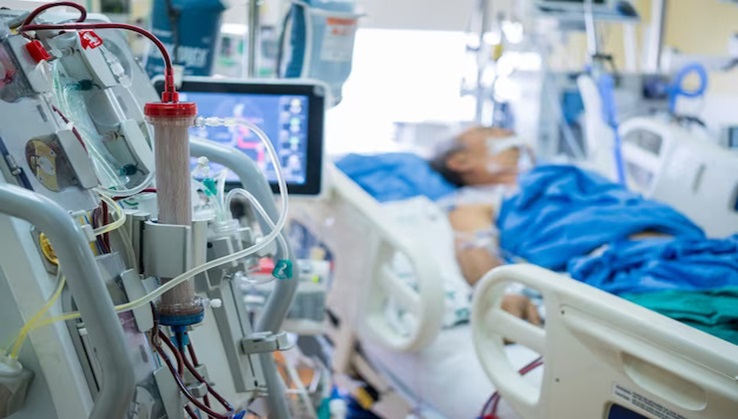Endocrinology
The Endocrine System and Exercise: How Physical Activity Affects Hormones
November 2023
Introduction
Exercise is a powerful tool for enhancing physical health and overall well-being. But have you ever wondered how physical activity influences the intricate system of hormones in your body? The endocrine system, responsible for regulating hormones, undergoes fascinating changes during and after exercise. In this article, we will explore the profound relationship between the endocrine system and exercise, delving into how different types of physical activity affect hormone levels and contribute to a healthier you.
The Endocrine System and Hormones
The endocrine system consists of glands that produce hormones, which are chemical messengers that help regulate numerous bodily functions. These functions include metabolism, growth, immune response, mood, and reproductive processes. Key glands in the endocrine system include the pituitary gland, thyroid gland, adrenal glands, pancreas, and gonads (ovaries and testes).
Exercise and Hormonal Responses
Engaging in physical activity triggers a complex chain of hormonal responses in the body. These responses vary depending on the type, intensity, and duration of exercise. Here are some key hormones involved in the exercise-endocrine connection:
- Adrenaline (Epinephrine)
- Source: Produced by the adrenal glands.
- Function: Released in response to stress or physical activity, adrenaline prepares the body for a "fight or flight" response. It increases heart rate, dilates airways, and redirects blood flow to muscles for energy.
- Cortisol
- Source: Also produced by the adrenal glands.
- Function: Often referred to as the "stress hormone," cortisol helps regulate metabolism and blood pressure. During exercise, cortisol levels can rise to provide the body with additional energy.
- Endorphins
- Source: Produced in the brain and nervous system.
- Function: Endorphins are natural painkillers and mood lifters. They are released during and after exercise, contributing to the "runner's high" and improved mood.
- Growth Hormone (GH)
- Source: Released by the pituitary gland.
- Function: GH promotes muscle growth and repair. It is released during intense exercise, particularly strength training.
- Insulin
- Source: Produced by the pancreas.
- Function: Insulin helps regulate blood sugar levels. Exercise increases insulin sensitivity, improving the body's ability to use glucose for energy.
- Testosterone
- Source: Primarily produced in the testes (men) and ovaries (women).
- Function: Testosterone is essential for muscle growth and overall strength. Both men and women experience increases in testosterone during and after resistance training.
- Estrogen (Women)
- Source: Produced by the ovaries.
- Function: Exercise can help regulate estrogen levels in women, promoting bone health and menstrual cycle regularity.
Types of Exercise and Hormonal Responses
Different types of exercise can lead to distinct hormonal responses. Here's how various activities affect your hormone levels:
- Aerobic Exercise
- Response: Aerobic exercise, such as running or cycling, can lead to increased release of endorphins and adrenaline, enhancing mood and energy levels.
- Strength Training
- Response: Strength training promotes the release of growth hormone and testosterone, which are crucial for muscle growth and repair.
- Yoga and Meditation
- Response: Relaxation exercises like yoga and meditation can lower cortisol levels, reduce stress, and improve overall well-being.
- High-Intensity Interval Training (HIIT)
- Response: HIIT stimulates adrenaline and growth hormone release, promoting fat burning and muscle growth.
Long-Term Effects of Exercise on Hormones
Regular exercise can lead to several long-term hormonal benefits, including:
- Weight Management: Exercise helps regulate hormones involved in appetite control and metabolism, making it easier to manage weight.
- Stress Reduction: Consistent physical activity can reduce chronic stress, leading to lower cortisol levels and improved mental health.
- Bone Health: Weight-bearing exercise and resistance training can increase bone density and promote healthier bones.
- Hormonal Balance: Exercise can help regulate hormones, particularly in conditions like polycystic ovary syndrome (PCOS) in women.
Conclusion
The relationship between the endocrine system and exercise is intricate and powerful. Different types of physical activity can lead to unique hormonal responses, influencing everything from mood to muscle growth. Regular exercise can contribute to long-term hormonal balance, improved well-being, and overall health. So, whether you prefer a brisk run, a strength-training session, or a calming yoga practice, remember that exercise is not only a physical journey but a hormonal one as well.


